In the summer of 2020, as impatience with quarantine and the urge to get out of town gradually displaced fears of Covid, a joke circulated on Hungarian social media about Lake Balaton, a favorite destination for domestic holidaygoers. The post-quarantine stampede had driven up prices at the lake to such an extent, the joke went, that penny-pinching travelers should consider less expensive destinations, such as Monaco or the French Riviera.
Until recently, Balaton had always been the inexpensive Hungarian alternative to pricier (and, during the Cold War, politically restricted) foreign getaways. Despite the disappearance of Covid-era travel restrictions and attendant fears of international travel, prices and accommodations around the “Hungarian Sea” have not returned to their late-twentieth-century equilibrium. Instead, Lake Balaton’s scenic northern shore has gradually transformed into a highly sought-after destination for affluent Hungarians and international tourists alike.
Getting off at Badacsonytomaj, a train station about three hours from Budapest on the lake’s northwestern corner, is a bit like taking a whirlwind tour of Hungarian history. The station itself is a boxy relic from the Soviet era. To use the bathroom, you need to find enough spare change to pay an old lady monitoring the facilities, who looks as if she’s had the job since the Brezhnev premiership. The station is within easy walking distance of a grassy beach, where bathers wade into shallow water bracketed by clumps of reeds and enjoy traditional Hungarian holiday fare like lángos, fried dough slathered with cheese and sour cream.
Older eras of Hungarian history also linger around the lake. On nearby Szigliget hill, a partially restored medieval castle overlooks the water and the surrounding vineyards. The town of Szigliget, home to thatched houses that look like they’ve been there at least as long as the castle, also boasts a baroque manor home that once belonged to the aristocratic Eszterházy clan.
Aside from the presence of smartphones, stand-up paddleboards and other modern accessories, many beaches around the lake have not changed dramatically since the Soviet era, or at least the 1990s. Beach access fees are modest or non-existent, ice cream and lángos are plentiful and the most common foreign language is still German. The persistence of German signs and menus is another reminder of Hungary’s recent past. During the Soviet era, Balaton was a favorite destination for East German vacationers because it was one of the few Eastern Bloc destinations where they could meet with friends and relatives from West Germany.
The holiday landscape around Balaton is changing, however, especially on the lake’s suddenly in-demand northern shore. At the foot of Szigliget hill, within arrowshot of the old castle, cyclists and vacationers looking for a break from traditional Hungarian fare can order pulled-pork burritos, habanero salsa and chilled margaritas at a taco stand. Another local restaurant received a Michelin star in 2023.
Meanwhile, Balaton wineries have emerged from the Cold War doldrums to take advantage of new export markets and winemaking techniques. After the collapse of the state-run wine monopoly in the early 1990s, the winemaking landscape around Balaton was “like the Wild West,” explains a sommelier at the Szászi winery, a small operation within biking distance of Szigliget. The result is a patchwork quilt of small and family-run wineries, wine cellars and vineyards around the lake.
Some local wineries hew to older methods, but many are experimenting with newer vintages, from orange wines that thrive on Balaton’s sulfurous, volcanic soil, to ruby-red vintages that land somewhere between rosé and red, to natural wines that eschew sulfites and other artificial agents during the winemaking process. Though small by international standards, Szászi is known locally for its natural wine, easily distinguishable by a cloudy, almost milky texture.
The town of Badacsony, where more retirees faithfully monitor the train station restrooms, is also changing. Local gift shops still sell placemats that indulge in old-school nationalism, proudly displaying maps of Hungary’s expansive pre-World War One borders. These are right next to faux EU license plates and T-shirts emblazoned with marijuana leaves. Across the street, the most popular local cafe is La Téne, an upscale French-style pastry shop. On the hillside behind the town, drones hover over vineyards spraying water and pesticides.
Tourism at Lake Balaton reflects certain shifts in Hungarian society. The most obvious change is that prosperity and openness have created a new class of holiday goers who are no longer satisfied with lángos, beer and communal campgrounds. Their appetites, combined with an influx of international visitors, have spurred the development of new lakeside attractions, from expensive villas to wellness spas to natural wineries.
These attractions also reflect certain interesting features of the Hungarian economy. Prime Minister Viktor Orbán has become an international celebrity (or hate figure, depending on your point of view) as a right-wing culture warrior. What Orbán’s foreign admirers miss is the extent to which Hungarian conservatives have embraced state-directed investment. North Balaton is littered with signs touting construction and renovation projects paid for with public funds, from EU infrastructure projects to the aptly named Magyar Falu Program (“Hungarian Village Program”).
Balaton’s new class of visitors also reflects Hungary’s ambiguous geopolitical positioning. While North Balaton is increasingly popular with Westerners, local businesses also market themselves to Russian and Chinese tourists. Before the invasion of Ukraine, the spa town of Hévíz was so inundated with Russians that menus and advertisements were often written in Cyrillic. In 2023, Hungarian outlets reported that Chinese visitors to the lake had increased sevenfold from the trough of the Covid era.
In many ways, holidaying at Lake Balaton merely highlights broader changes within Hungarian society. A country that still feels the aftereffects of a stagnant but relatively egalitarian socialist era is navigating political and economic currents that have attracted monied foreign visitors and empowered a new class of affluent consumers. What this means for the future of Hungary’s most popular vacation spot is still unclear. Has anyone tried pairing natural wine and lángos?
This article was originally published in The Spectator’s September 2024 World edition.



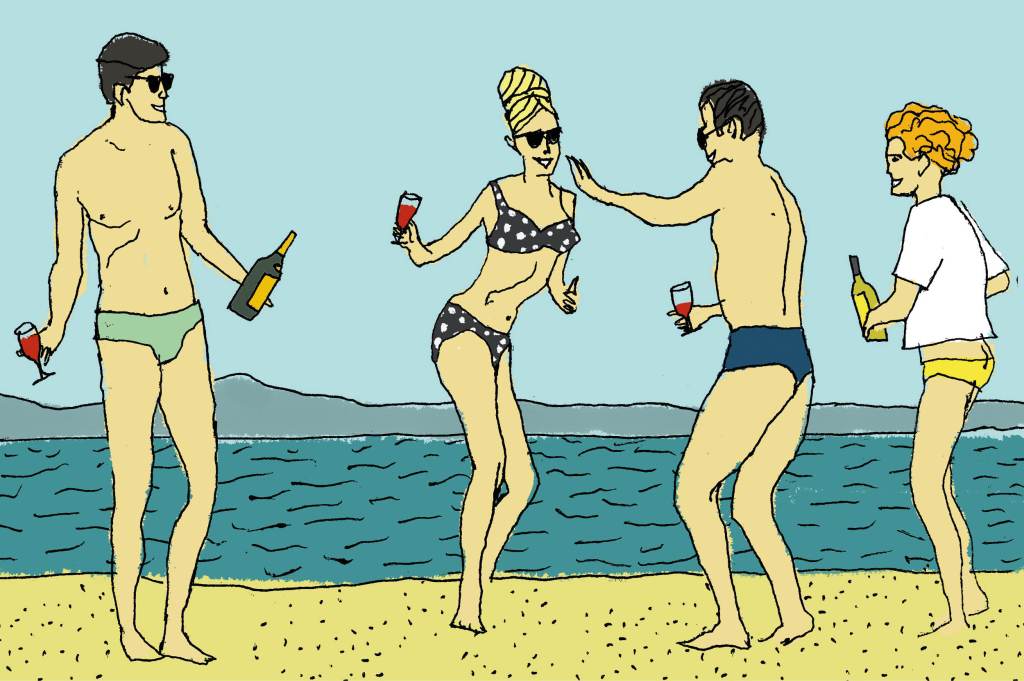






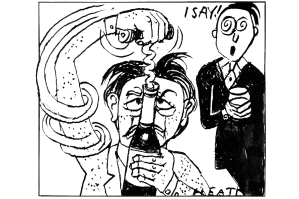

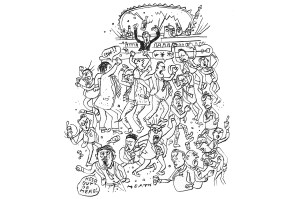

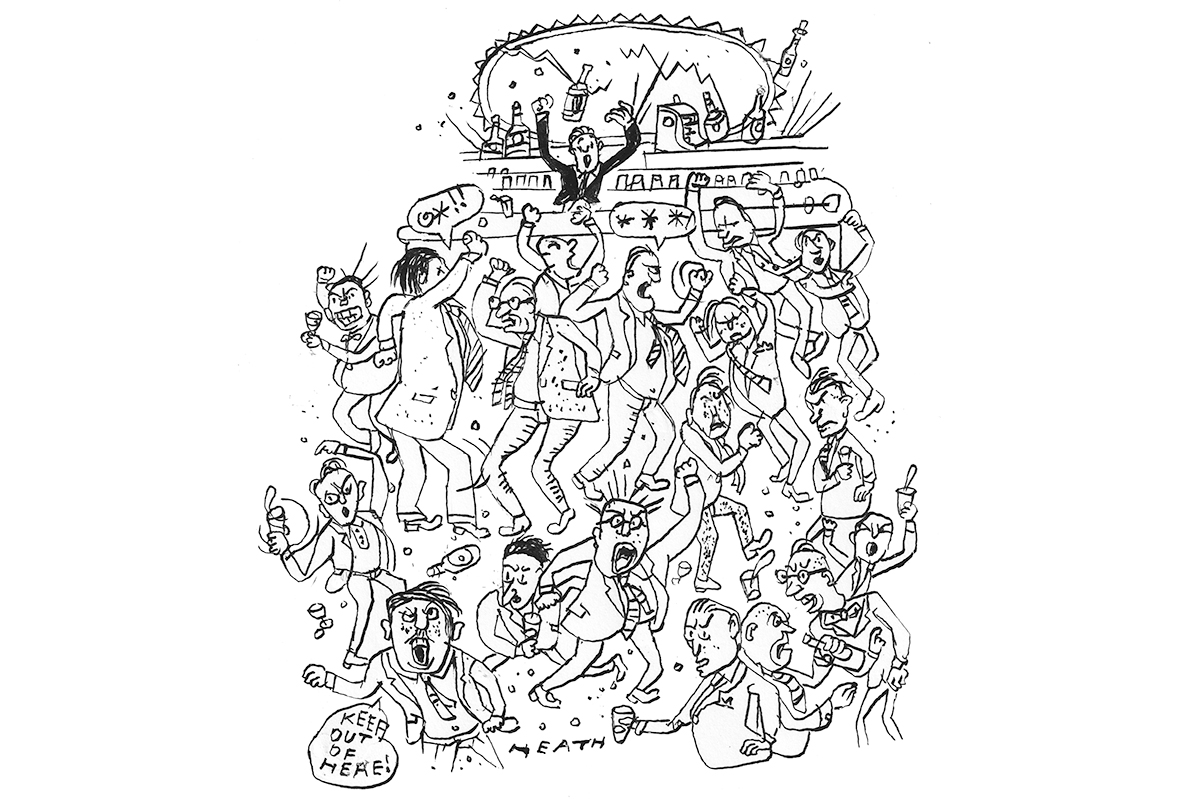
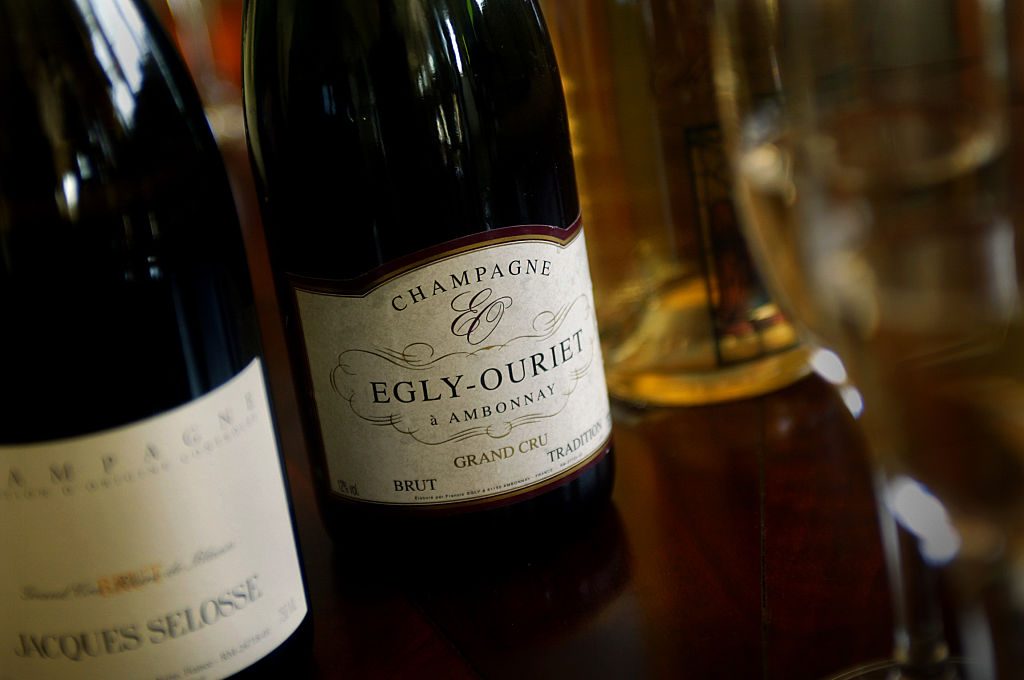

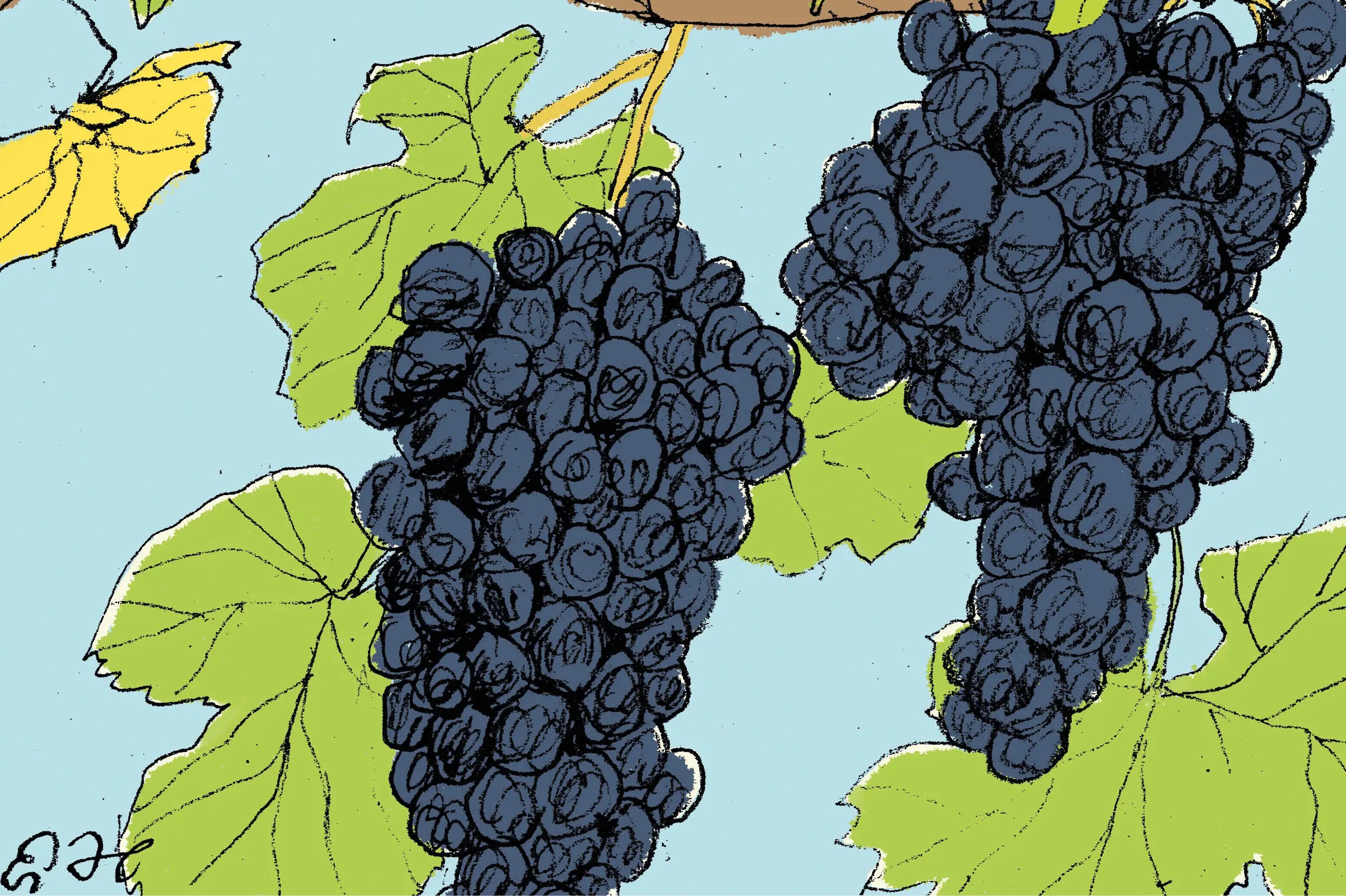
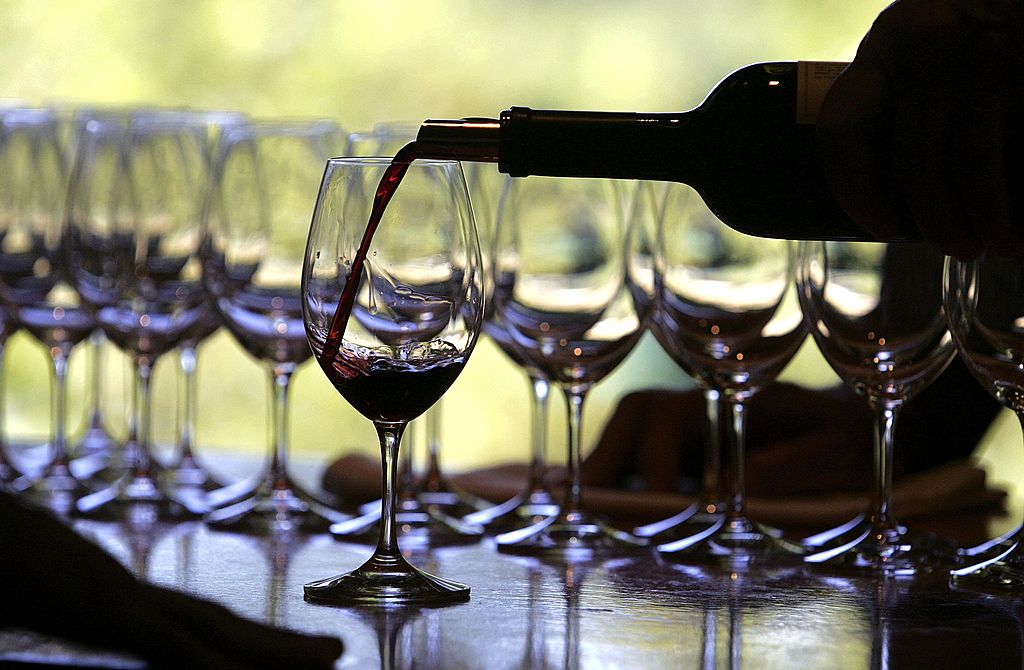







Leave a Reply